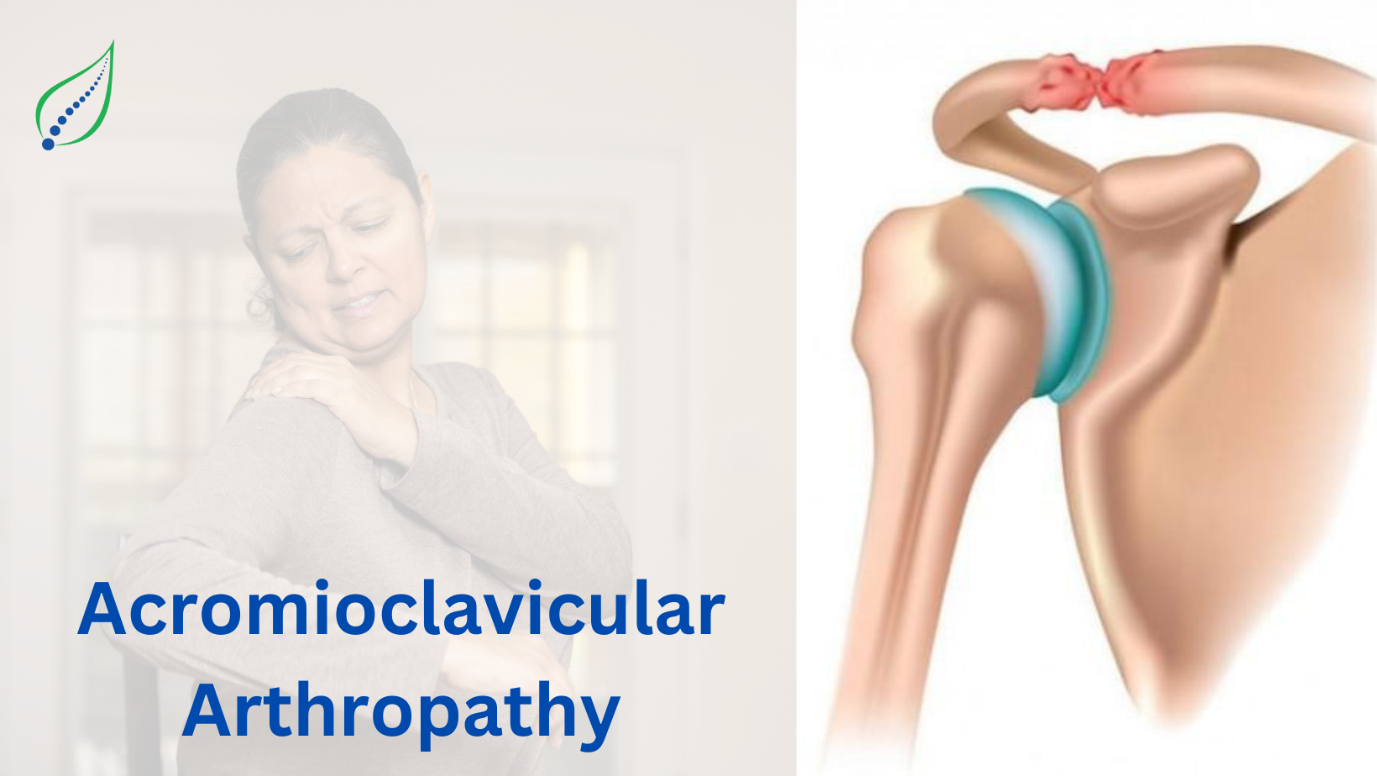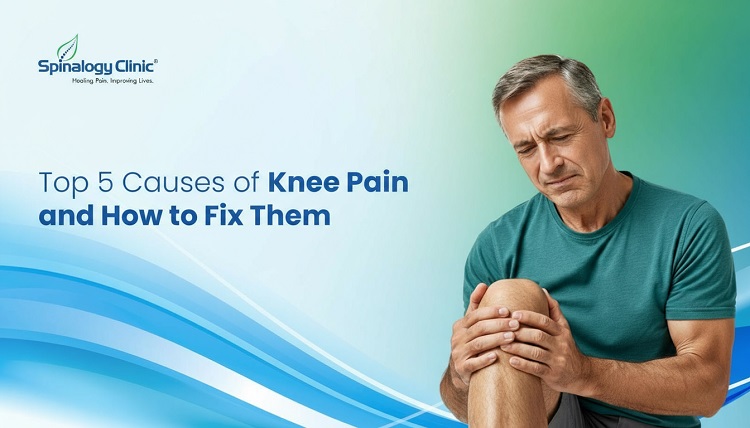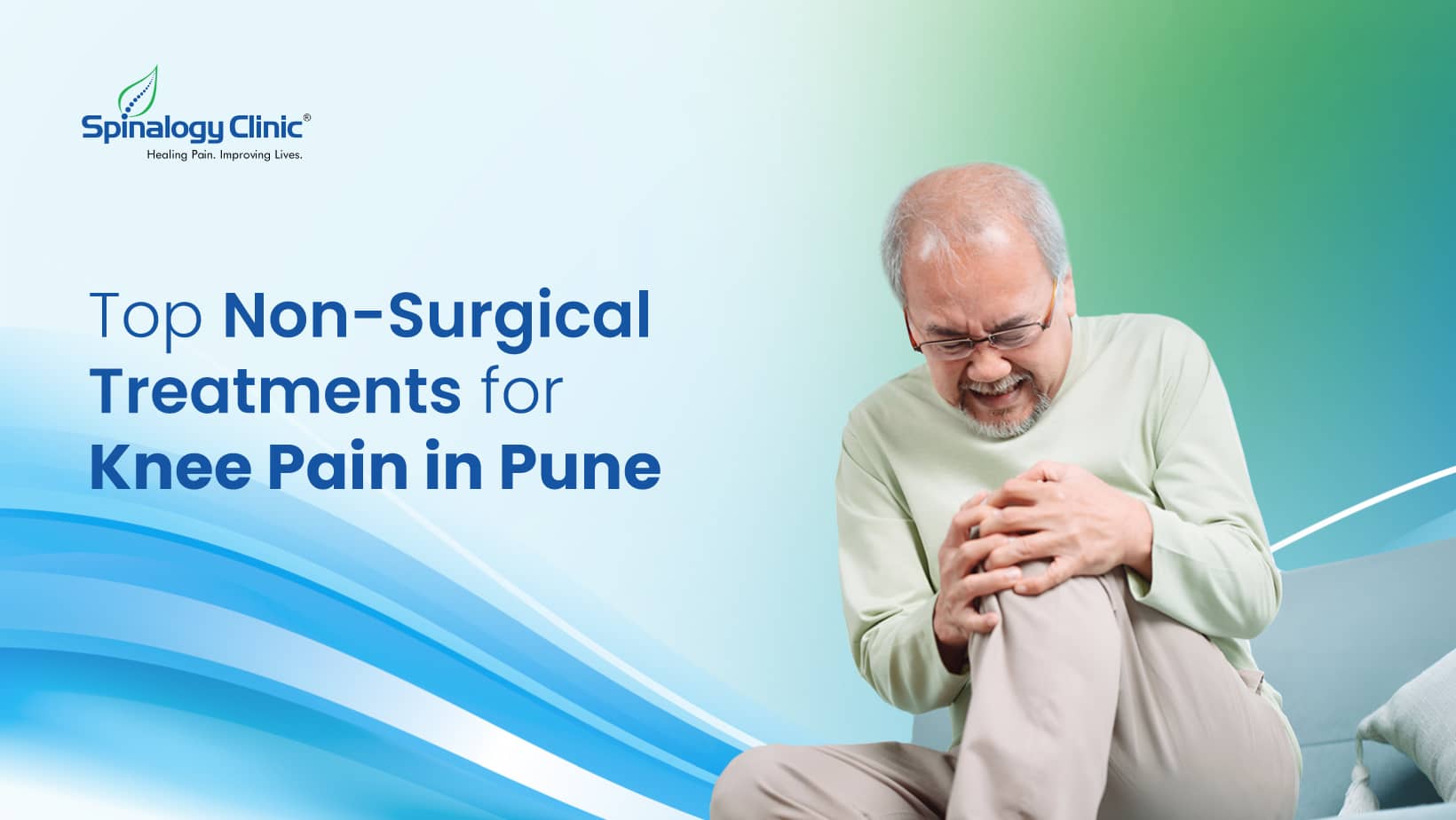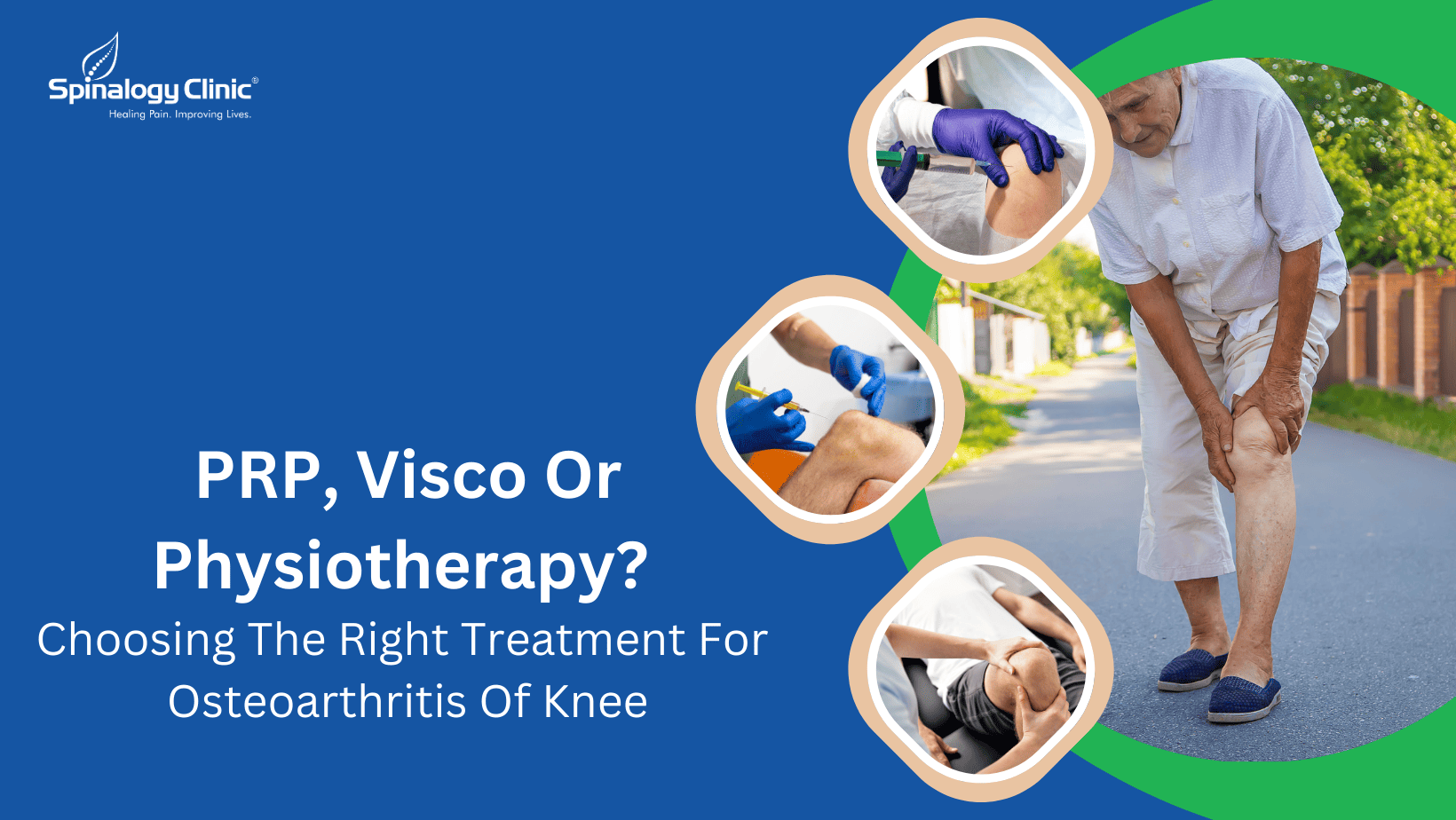Acromioclavicular Arthropathy
Acromioclavicular arthropathy or acromioclavicular osteoarthritis happens when degenerative changes occur in between clavicle and acromion process resulting in formation of bone spurs and inflammation causing immense pain and restrictive movement of shoulder.
Acromioclavicular joint (ACJ) is the small joint between the outer end of the clavicle (collar bone) and the acromion (part of the shoulder blade). The joint suffers wear and tear sometimes associated with strenuous use or occasionally after an injury. The condition usually commences with gradual onset of pain in the shoulder.
The signs and symptoms of acromioclavicular arthritis tend to progress gradually. The pain may seem to get better only to return worse later.
Many people initially attribute shoulder soreness or stiffness to lack of exercise or getting older. Early recognition of symptoms and appropriate activity modification and treatment can sometimes slow or eliminate progression of AC joint osteoarthritis symptoms.
- Pain with certain motions: Cross body arm movement are generally restricted.
- Joint tenderness and back pain: Mostly tenderness and pain are found at back of shoulder.
- Radiating pain: Pain around neck and arms is generally found.
- Inactivity makes it worse: Inactivity causes stiffness around the joint.
- Troubled sleep: Pain leads to improper sleep.
- Swelling: Arthritic conditions causes friction among bones which leads to swelling.
- Crepitus: Shoulder may produce clicking and popping sound when excessively used or stretched.
There are many causes of acromioclavicular arthropathy:
- Joint trauma
- Joint stress and chronic injury
- Congenital defect
- Illness advanced age
The patients painful joint will be examined for signs of previous injury, tenderness and pain points, and muscle weakness. The difference between the affected and the unaffected shoulder is observed.
One of the most common assessments is called the cross-body adduction test. Doctor may also press the skin over the AC joint to see if it generates pain.
Some diagnostic tests also ran such as:
- Injection of local anaesthesia: One way to test for arthritis is by injecting a local anaesthetic, such as lidocaine, directly into the painful joint. If the patient’s pain is relieved temporarily, then a diagnosis of arthritis is confirmed.
- XRAY: The x-ray may also show changes in the bone, such as the growth of bone spurs.
- MRI: When an acromioclavicular joint is inflamed, the MRI usually shows the presence of excess fluids and abnormal swelling at and around the joint.
- Lab Test: Lab tests may require a blood draw to check arthritis parameters.
Treatment:
- Activity modification: Activity, weight lifting and heavy exercises that requires cross-body arm movement should be avoided because that will increase pain.
- Warm and cold compress: People sometimes use warm and cold compress treatments which provide temporary symptom relief, and do not treat the underlying causes of Acromioclavicular joint.
- Manual Therapy: Depending on the patient, conditions and the specific manual therapy, exercises that focus on stretching and strengthening muscles and maintaining the shoulder’s range of motion may be helpful.
- Medications: Medicines such as NSAIDS (aspirin, ibuprofen, naproxen) reduces pain, swellings oral analgesics (such as acetaminophen) relives pain.
- Injections: Therapeutic steroid injections are the most commonly used injections for treatment of moderate to severe pain.
- PRP :Platelet rich plasma injection can be used to treat moderate to severe pain.




